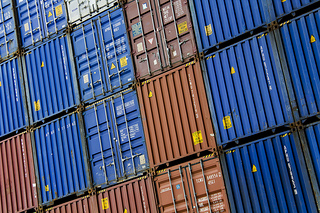Italian Manufacturing Confidence Rises; Fiskars Closes Two Units

With the rising confidence in U.S. manufacturing, another unlikely global player quietly takes the stage. According to Market Watch, “Italy’s composite business confidence index, a broader indicator subsuming retail, market-services and construction sectors, also rose, to 89.5 in March from 88.2 in February. The new level is the highest since September 2011.”Economists believe a high demand for Italy’s manufacturing goods could help rescue the country from its economic slump, which peaked in 2011. The increase in confidence – reported in February – is small (99.2 from 99.1), and it could have other implications as Finland-based company Fiskars reorganizes its Italian manufacturing processes.
In a turn of events, the brand, which has deep roots in Italy as well, has announced that it will no longer produce goods out of its Italian facilities. A recent press release report from March 26 states, “The planned restructuring would entail closing the Italian manufacturing and warehousing units as well as aligning Fiskars sales organization with the company’s business model.”
The decision could eliminate up to 58 positions from these facilities. Fiskars is known for primarily manufacturing home goods; the main goods produced in Italy are its line of knives.
Analysts will wait to see what’s in store for Italy’s economy and future manufacturing deals. This time last year, doubts over Italy’s ability to come out from under its national debt fueled talks over its manufacturing industry. Despite the slump, economists still point to Italy’s textiles as a man source of manufacturing revenue even through the sector suffered during the recession as well. The textile industry was not hit nearly as bad as Italian electrical makers, which at the time, saw a 45 percent decrease in production.
Critics cited poor infrastructure, including high labor costs and bureaucracy as the main reasons for the slump. Policy makers will likely pay more attention to these factors as confidence in the industry rises or falls.






